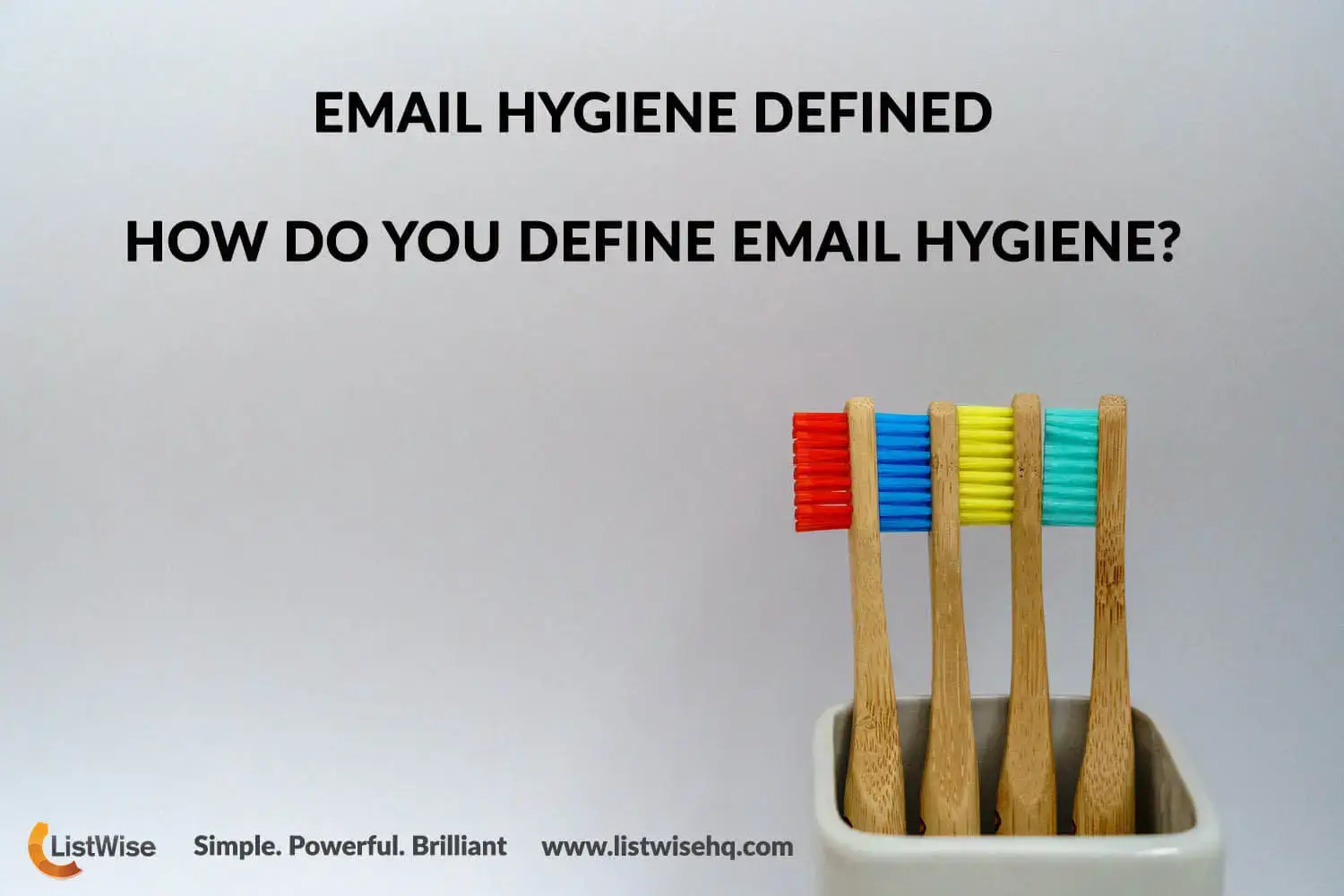Email Hygiene Defined
How do you define email hygiene?
As the name suggests, email hygiene entails keeping a clean email list. It means that all the email addresses in your list are valid, active and do not bounce out any email communication coming from you.
With email hygiene, quality trumps quantity.

Why is email hygiene important?
Email hygiene determines your online reputation, which, in turn, determines your deliverability rates. A good list means that you minimize email bounces – which ISPs frown upon because they equate bouncing mails to spam. If you send out emails that bounce too many times, ISPs are likely to put you on their black list and completely block out all of your emails to their subscribers.
The last thing you want as an email marketer is to have a tainted online reputation. This gets in the way of communicating with your customers. It gets in the way of email marketing success.
How do I maintain a clean list?
Keeping a hygienic list is easier than you think. There are email list scrubbing services and email validation services (such as, ListWise) that do the dirty work for you. You do not need to go through hundreds, if not thousands, of email addresses manually.
But what exactly do these services look out for? Here’s a brief rundown of the types of email addresses that these services flag:
1. Typographical errors. Having email addresses that end in “.con” or “.co,” instead of “.com” happens more often than you think. Some errors also involve syntax errors.
2. Role accounts and role addresses, such as info@, queries@, sales@, and “support@ addresses. These accounts are not owned by a single person, but are instead owned by an organization. Marketing communications received by these addresses are likely to be flagged as spam by their owners.
3. Addresses that contain hot button words, such as spam or junk
4. Duplicate email addresses
5. Spamtraps or honeypots, which are snares used by ISPs to trick spammers. Anyone caught by ISPs using these traps will be flagged as a spammer.
6. Abandoned email addresses. Some email addresses, particularly those from free webmail services, are meant to be disposed of after serving their purpose — usually to bypass sign ups or registration that requires providing an email address.
7. Invalid domains. Some domains have since closed down or have moved elsewhere, rendering some email addresses invalid after some time. This happens quite often, so it’s important to review your list often.

